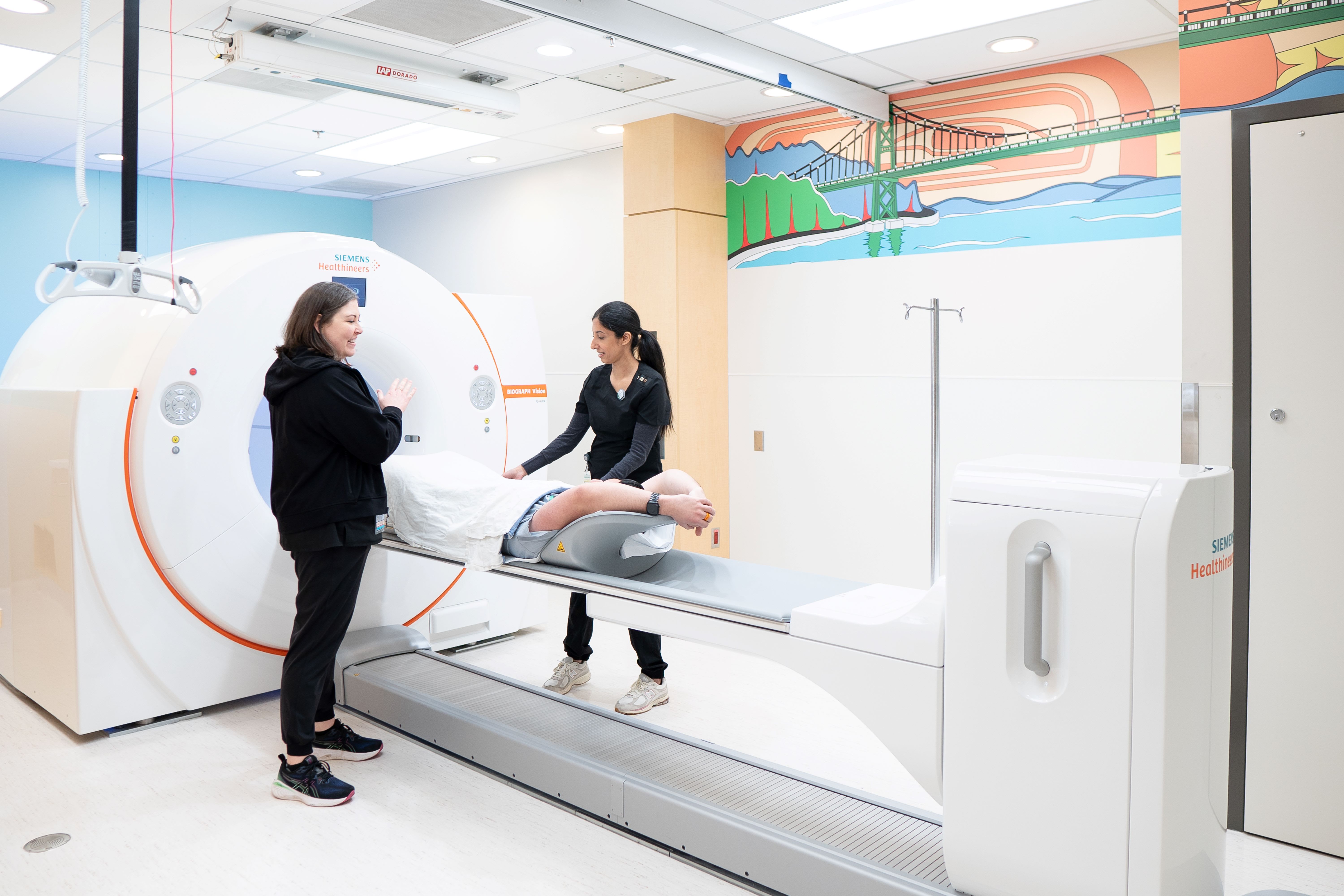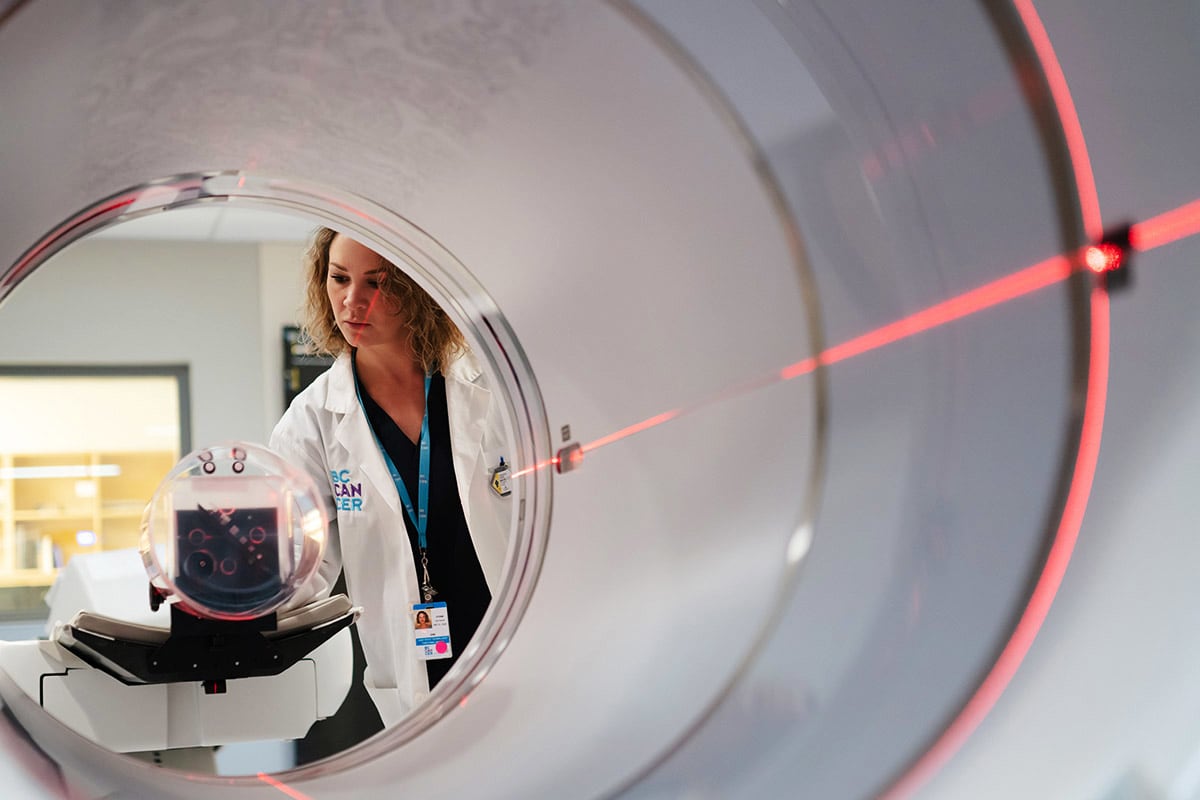Dr. Connors and the Centre for Lymphoid Cancer
April 5, 2012
Found in Access, BC Cancer - Vancouver, Lymphoid cancers
Thanks for having me back. I’m happy to share an update with you about what’s been happening here at the BC Cancer Agency’s Centre for Lymphoid Cancer (CLC). But first, I’ll back up a few steps, and introduce myself for those who may be new to the CLC.
By 1981 I had finished my training in Internal Medicine at the University of North Carolina in Chapel Hill, and Medical Oncology at Stanford University Medical Center. As I considered different career paths Dr. Saul Rosenberg, my fellowship program director, urged me to consider a career in academic medicine with a focus on clinical research.
With that advice I was attracted to the centralized organization of cancer treatment in British Columbia. It seemed a rich resource for the type of clinically oriented research I hoped to accomplish. With the added bonus of having the best sea kayaking in the world just a few hours drive away – Vancouver was an easy choice.
In my first years at the BC Cancer Agency, I worked closely with Dr. Paul Klimo to organize the treatment policies of the Agency’s Lymphoma Tumor Group. We quickly realized that a computerized database recording each patient’s characteristics, including the type and stage of their disease, the treatment we recommended and the long term outcome of that treatment, could be a powerful tool both to guide future choices of treatment policies and to provide a platform for important research questions. Thirty years later that database has grown to include detailed long term information on over 25,000 patients and is envied and emulated around the world.
Every day the information in the database guides our treatment recommendations and proves especially valuable for rare or unusual conditions. In addition, using information assembled and analyzed within that database our research group publishes 10 to 20 well regarded and highly cited articles, per year, in the scientific literature, influencing treatment approaches and research initiatives around the world.
Our lymphoid cancer research group has grown steadily over the years. During the mid-1980’s we were joined by Dr. Randy Gascoyne in hematopathology and Dr. Doug Horsman in cytogenetics. Their efforts extended our research into the basic biology of lymphoid cancers.
Next week I will describe how we grew from a few investigators with common interests in lymphoid cancer into a major research group assembled in the CLC.
Joseph M. Connors, MD


